UNIT 6:LINEAR AND QUADRATIC EQUATION AND INEQUALITIES
Key Unit competence: Solve algebraically or graphically linear, quadratic equations or inequalities
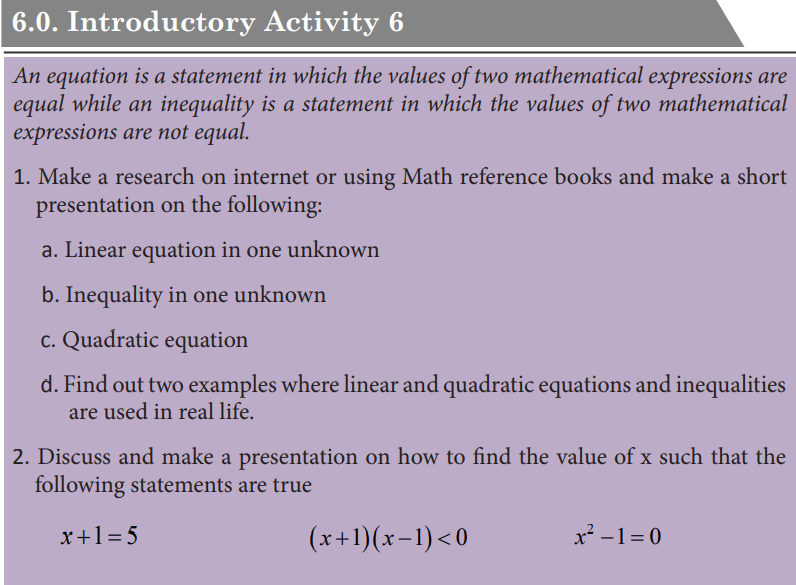
6.1 Linear and quadratic equations
6.1.1. linear equations

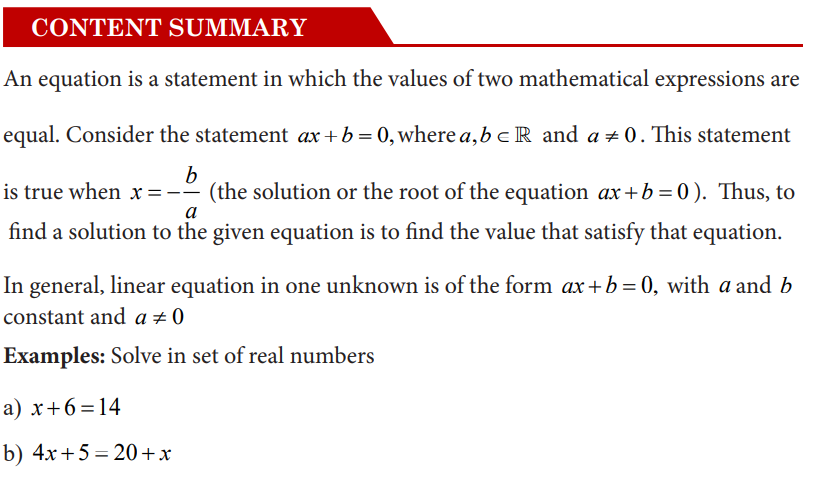
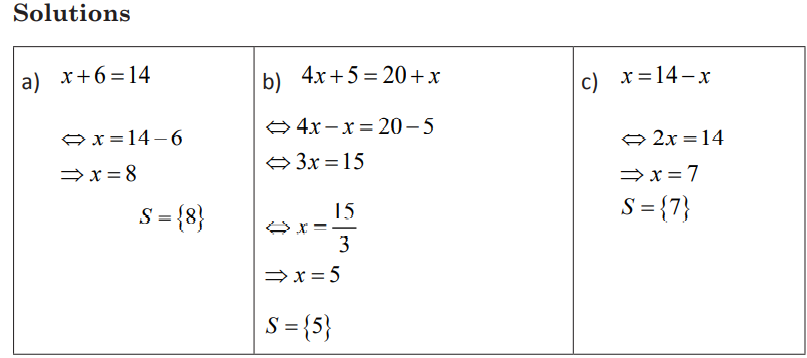

6.1.2. Quadratic equations
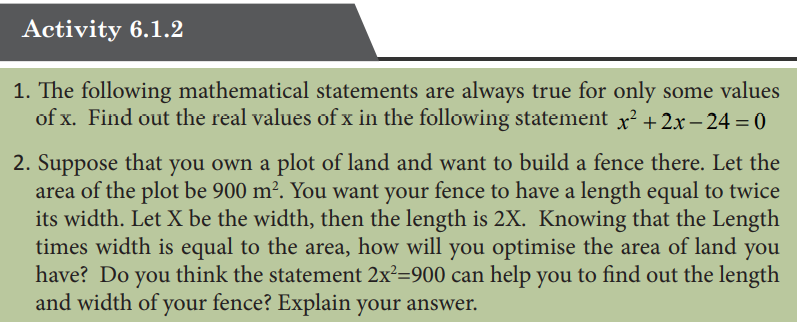
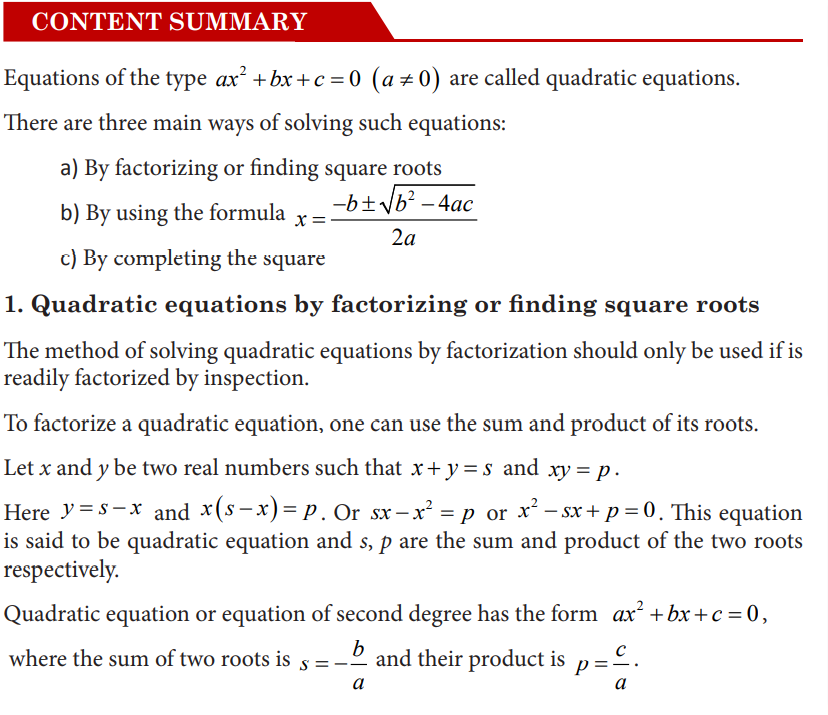


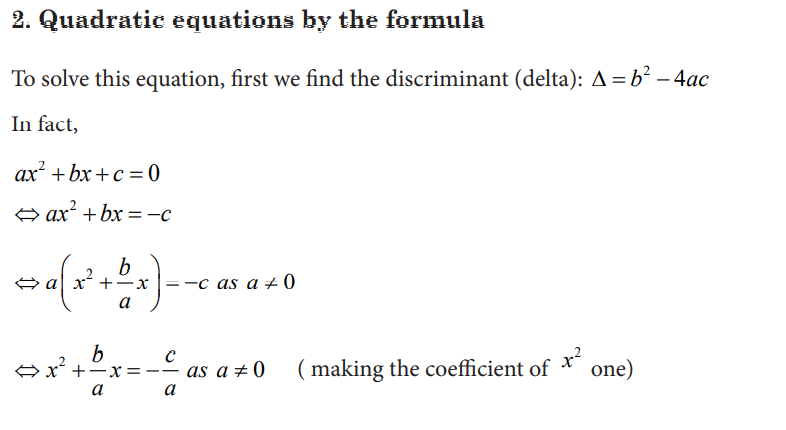
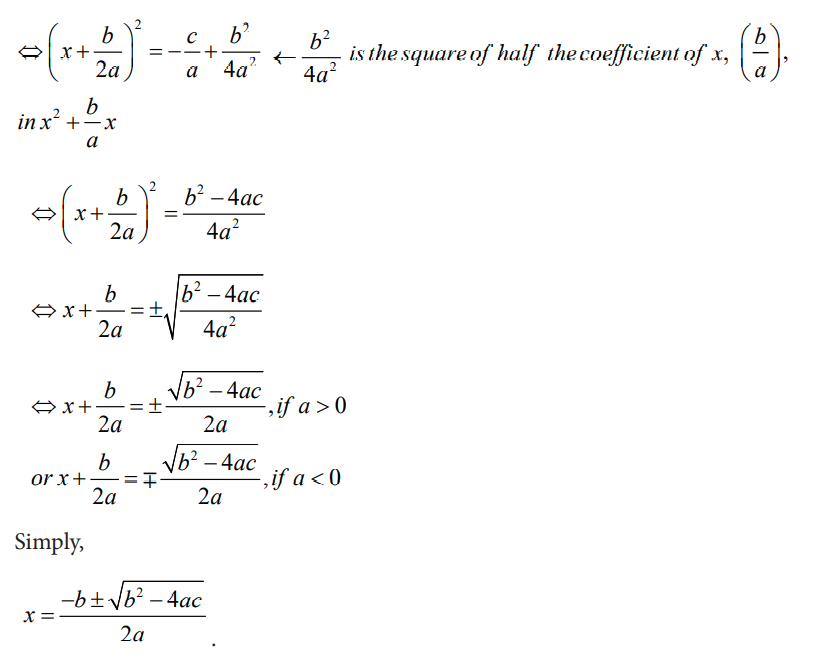
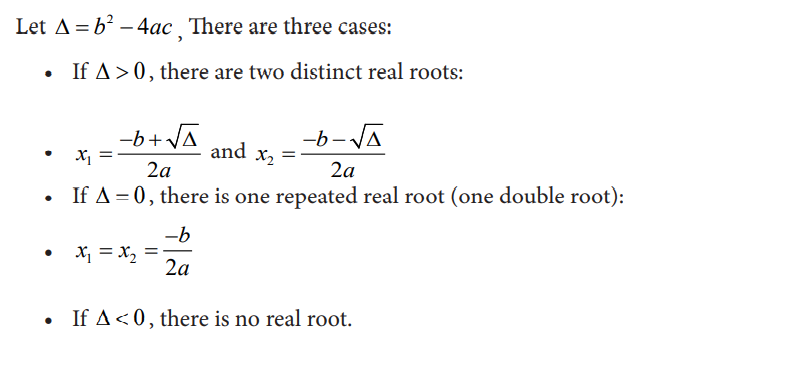
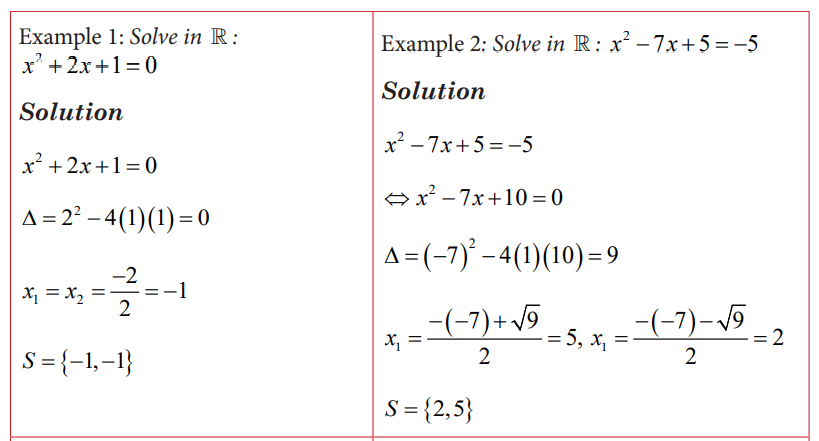

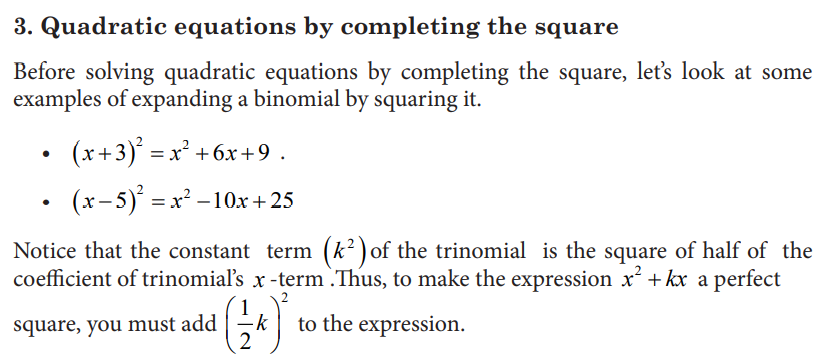
When completing the square to solve quadratic equation, remember that you must preserve the equality. When you add a constant to one side of the equation, be sure to add the same constant to the other side of equation.
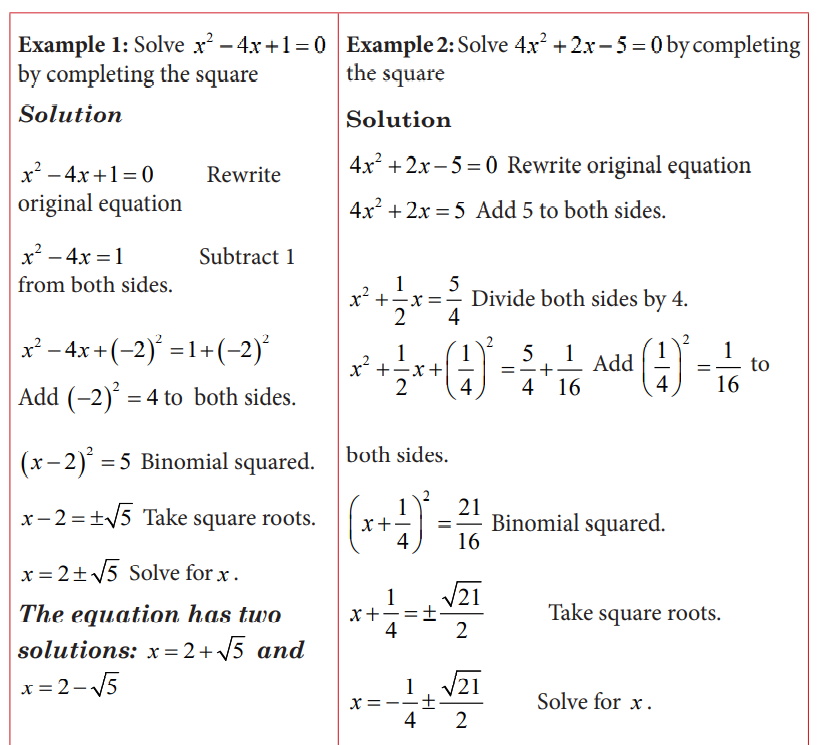

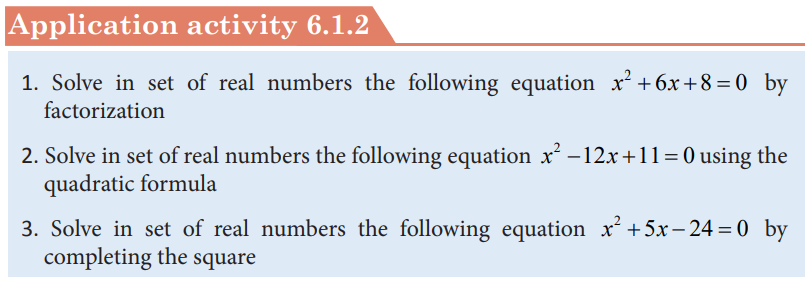
6.2 Equations reducible to quadratic

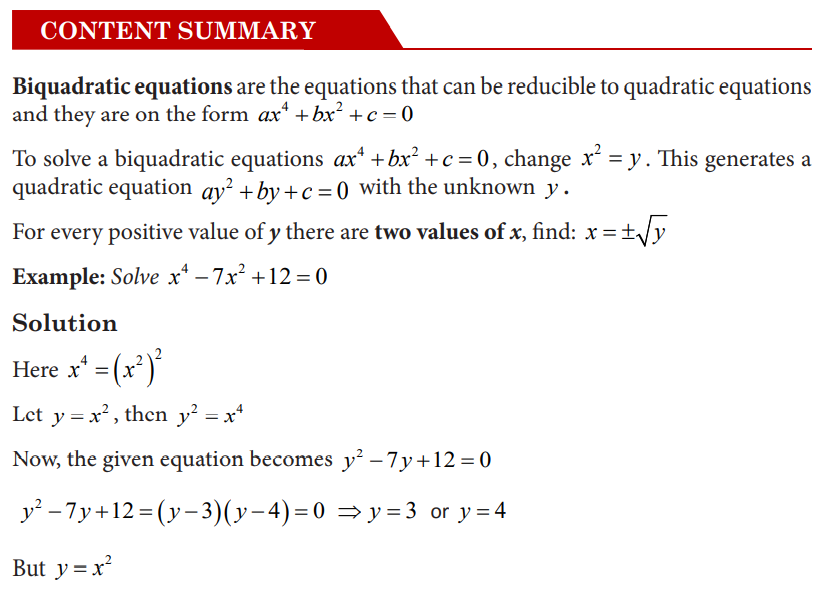
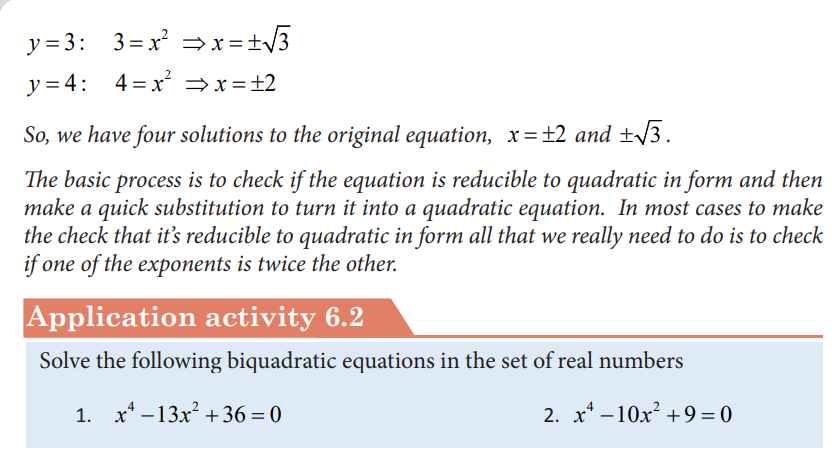
6.3.Linear and quadratic inequalities
6.3.1. Linear inequalities
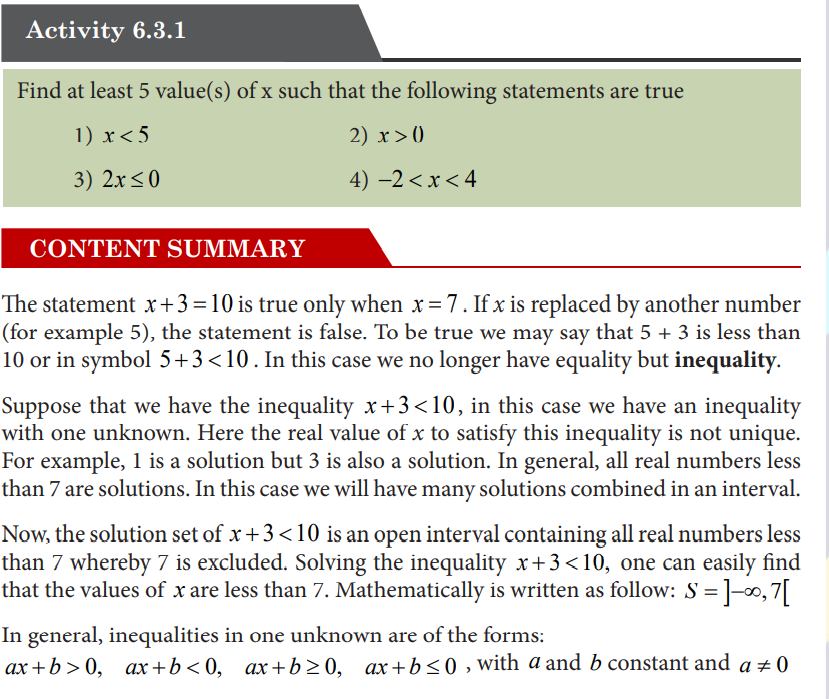
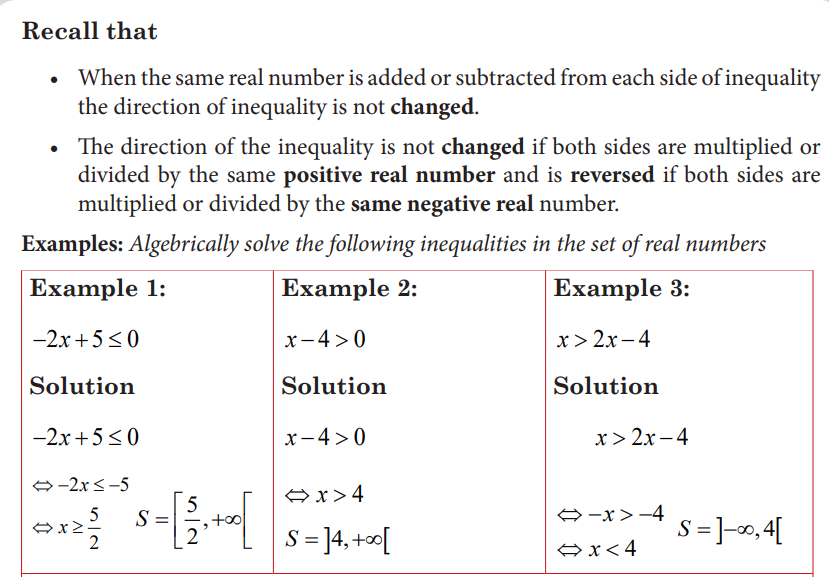
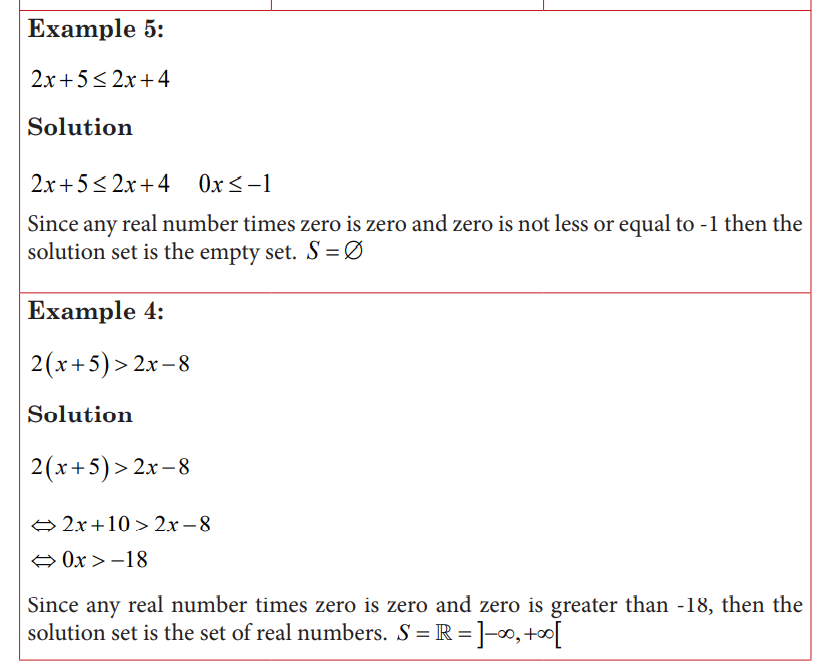
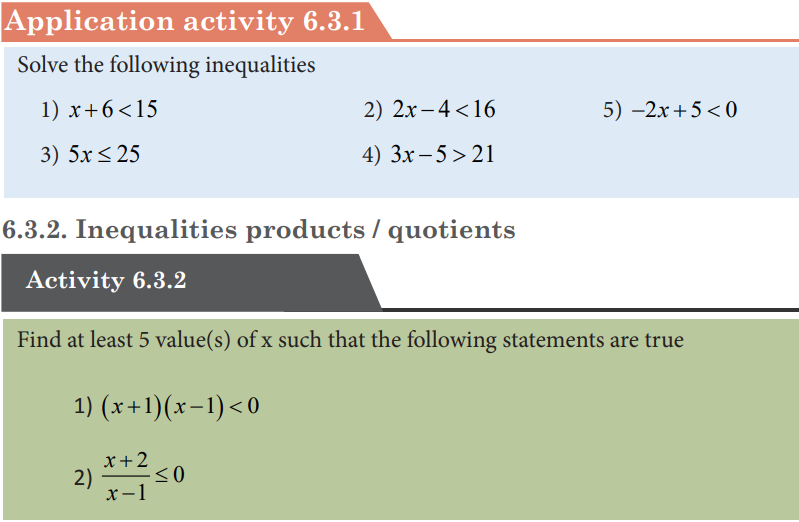
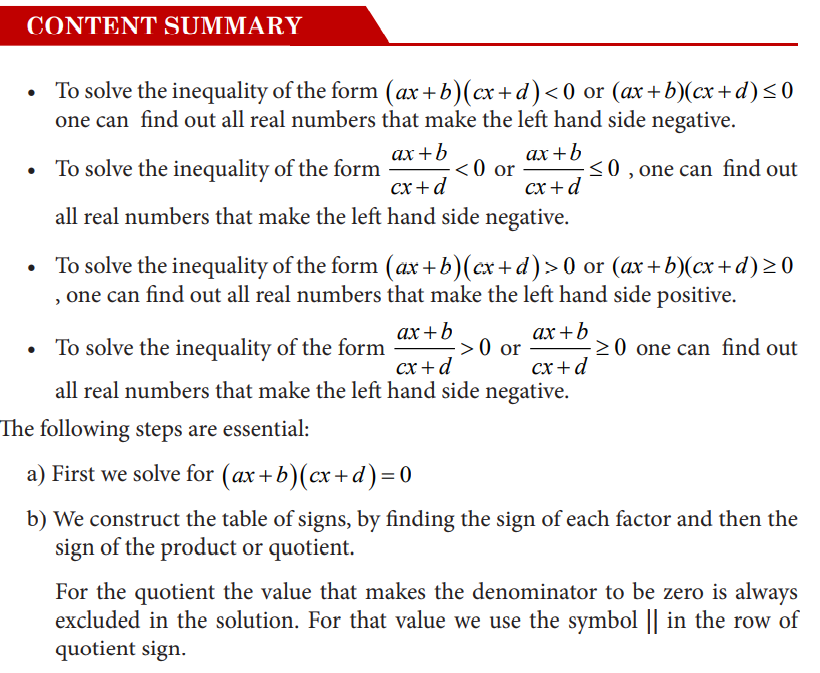
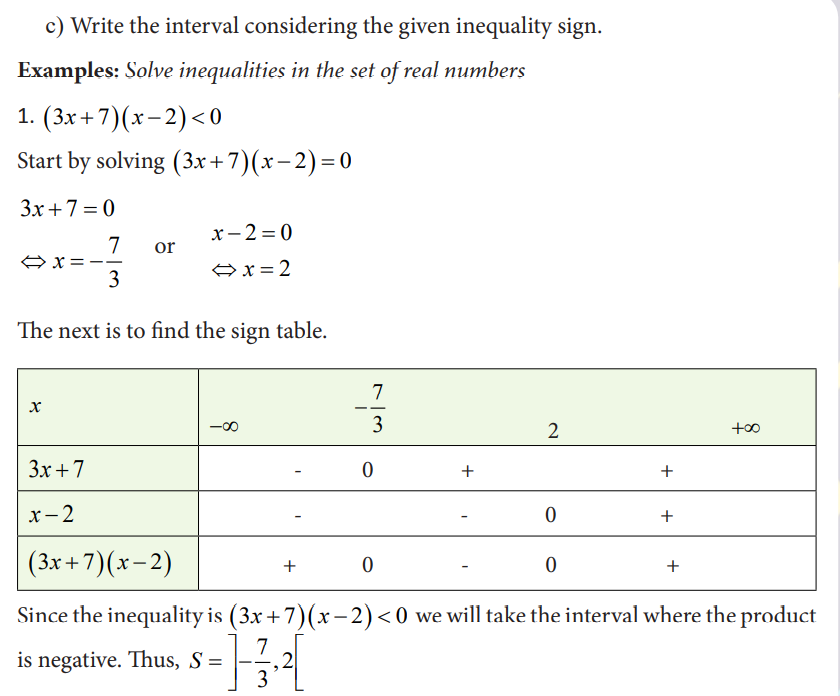

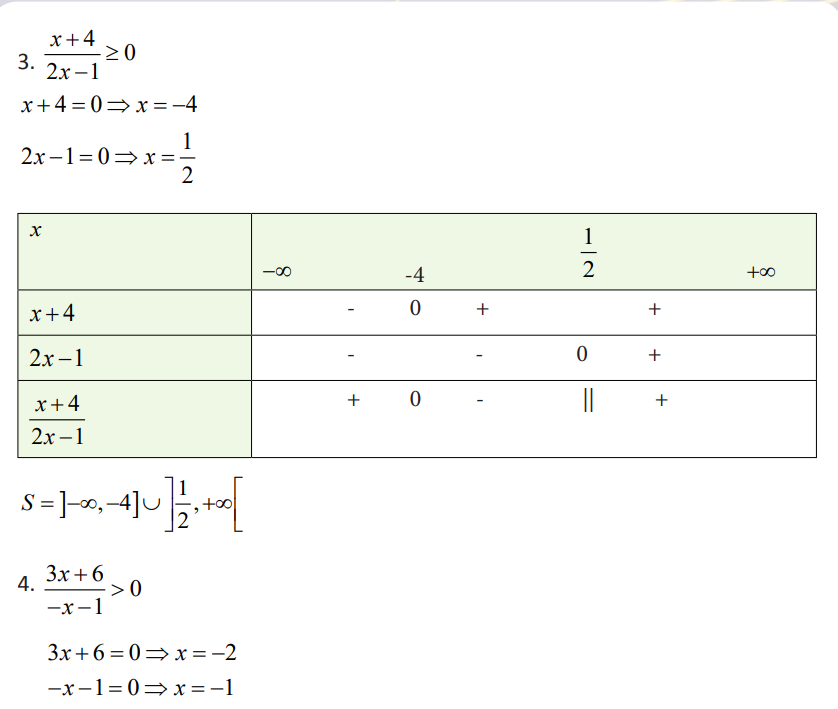
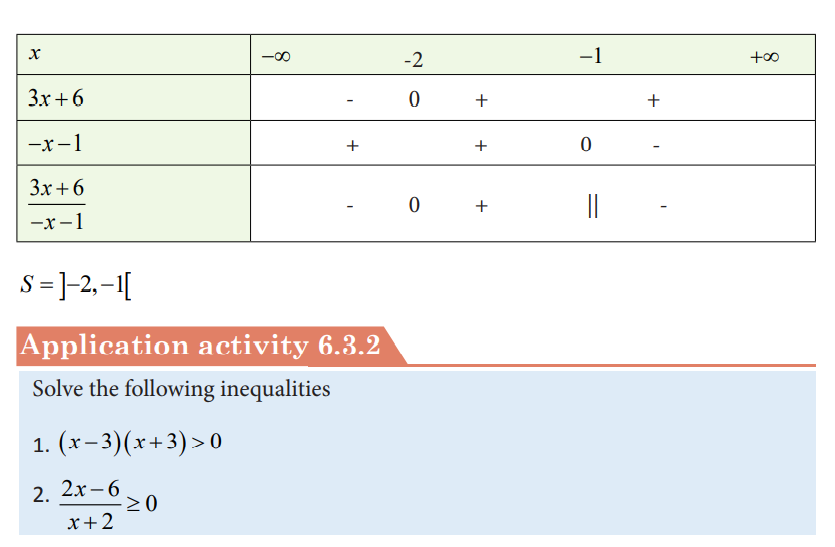
6.3.3. Quadratic inequalities

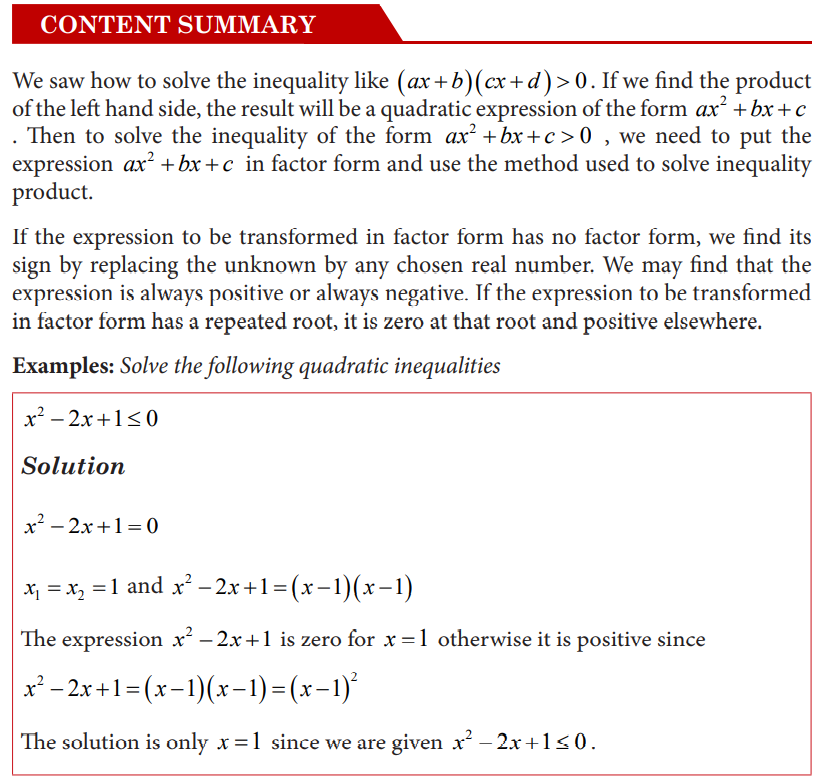
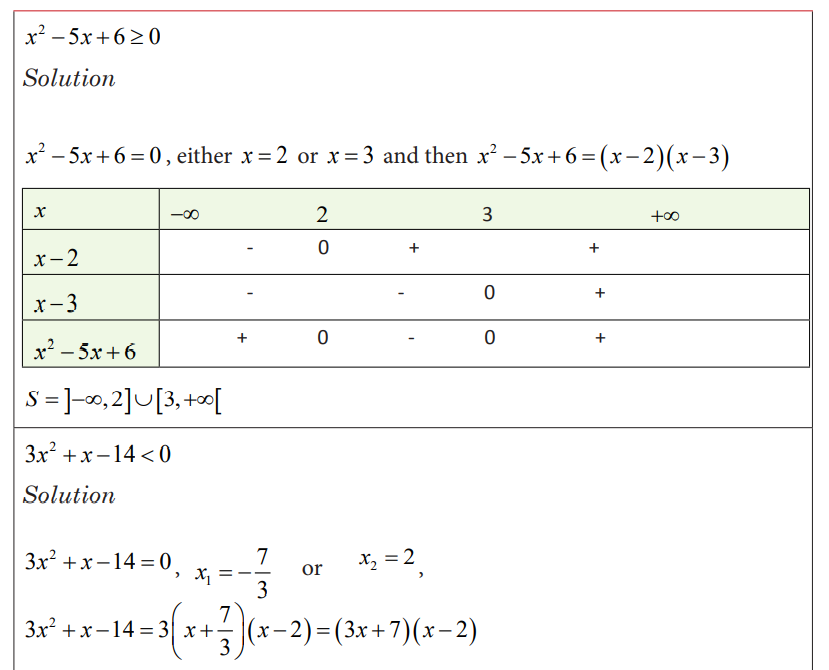
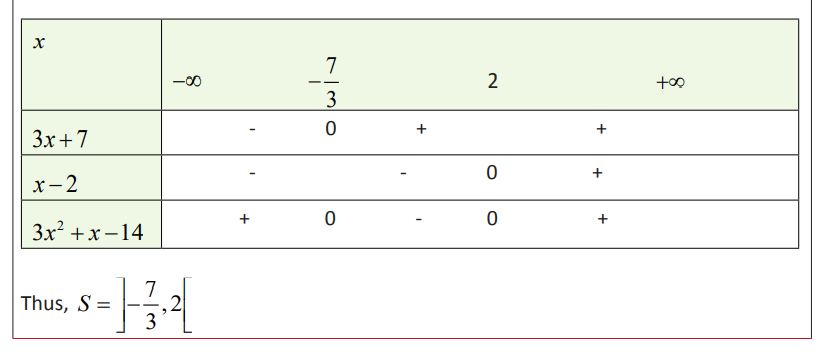
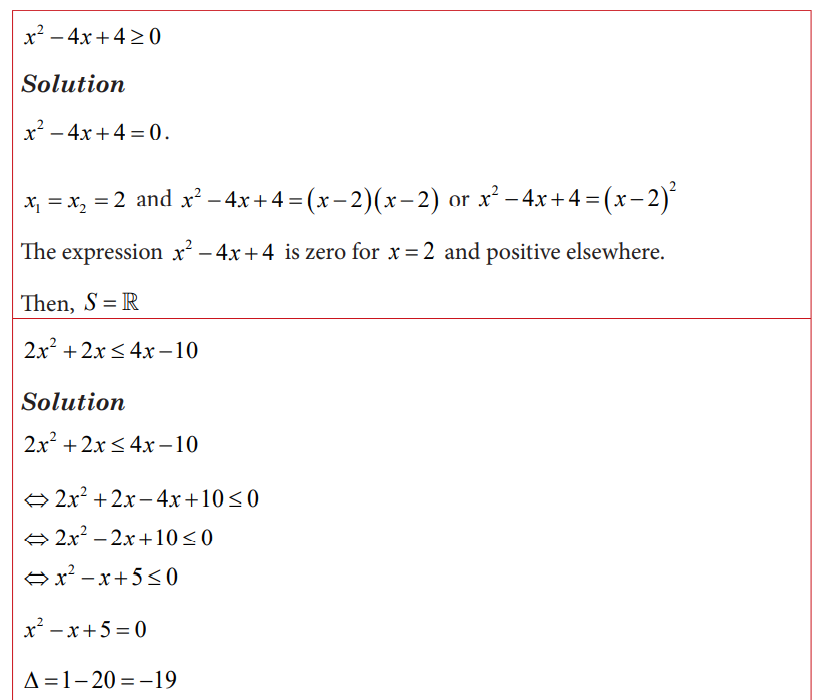
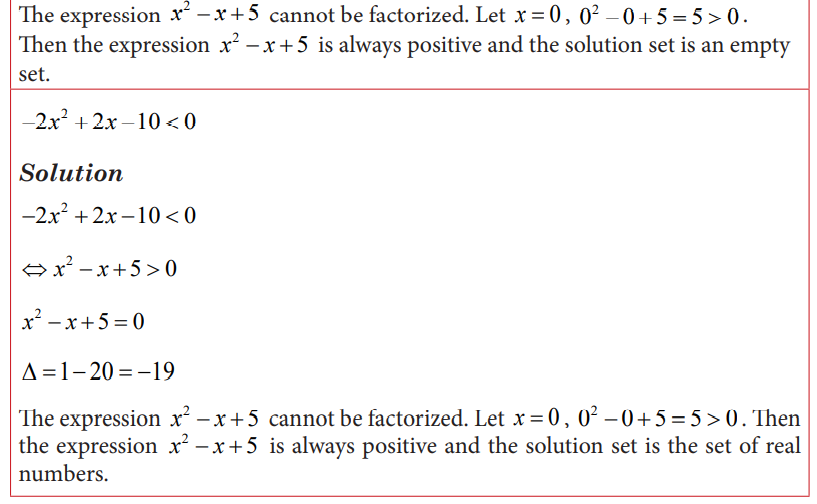

6.4 Solving word problems involving linear or quadratic equations
Activity 6.4
1. Make a research on internet and by means of examples prepare a short presentation on how linear equations and quadratic equations can be used in daily life.
2. Read carefully the following word problems and model or rewrite them using a mathematical statement.
• Six less than two times a number is equal to nine
• Jane paid 22100 Frw for shoes and clothes. She paid 2100 Frw more for clothes than she did for shoes. How much did Jane pay for shoes?
3. A manufacturer develops a formula to determine the demand for its product depending on the price in Rwandan franc. The formula is , where is the price per unit, and is the number of units in demand. At what price will the demand drop to 1000 units?
CONTENT SUMMARY
It is not always easy to tell what kind of equation a word problem involves, until you start translating it to math symbols.
Words like “together,” “altogether,” or “combined” often indicate that the problem involves addition. The word “left,” as in “he had xx amount left,» often indicates subtraction.
The following table explains the keywords used when writing equations from verbal models.
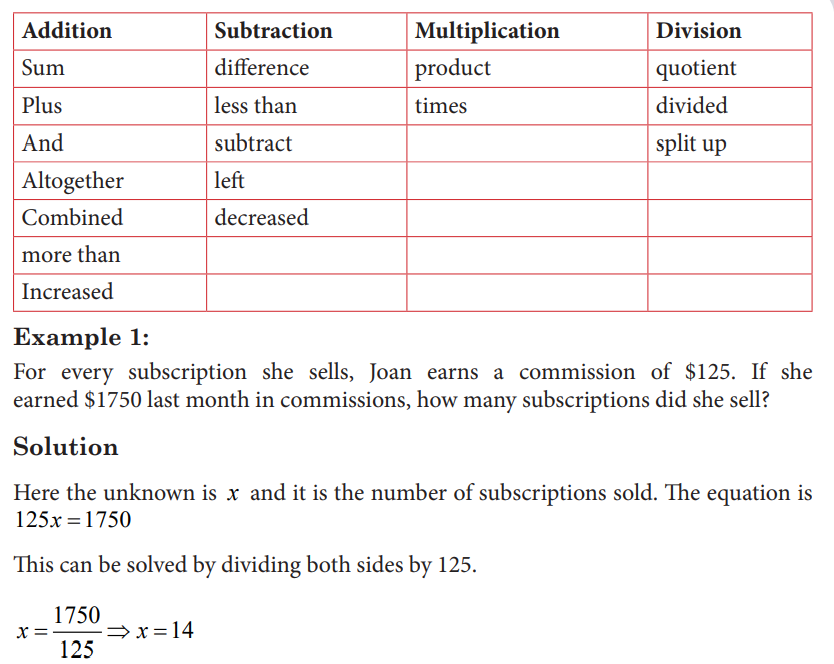
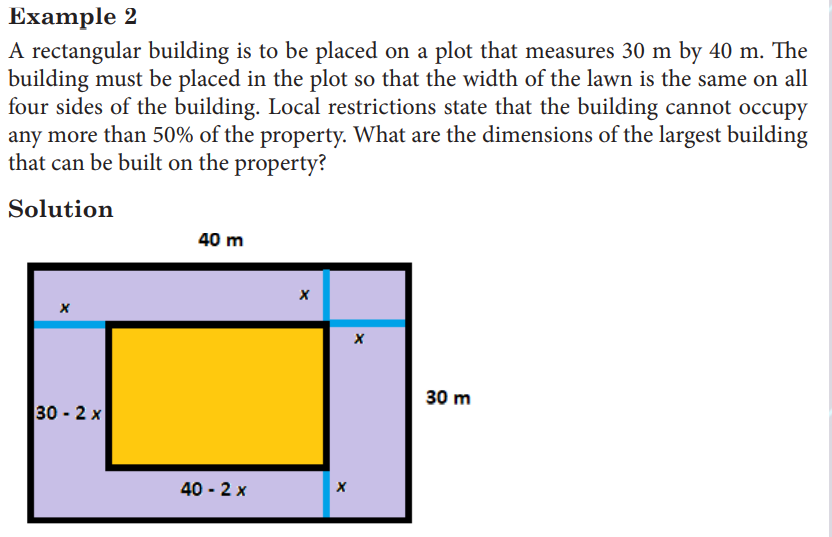
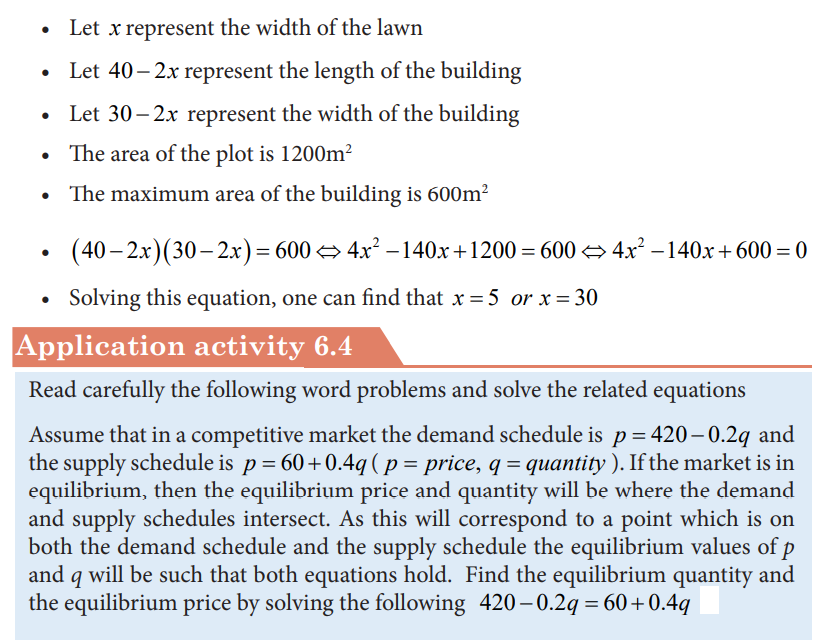
6.5 Solving and discussing parametric equations
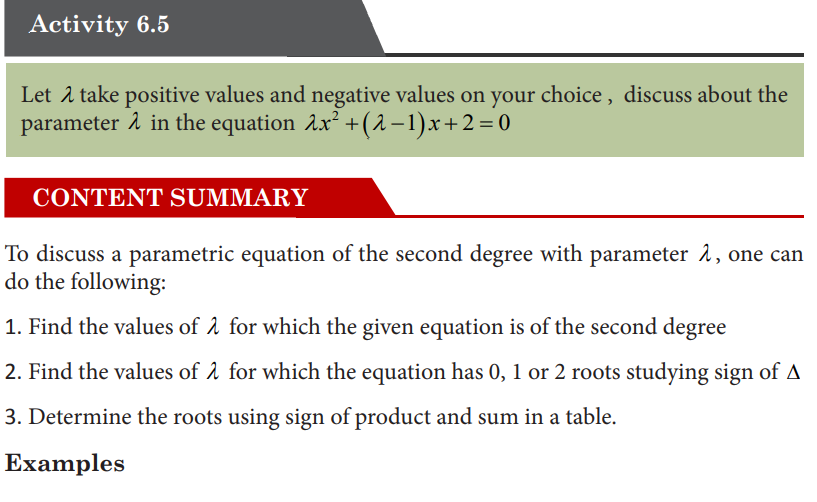
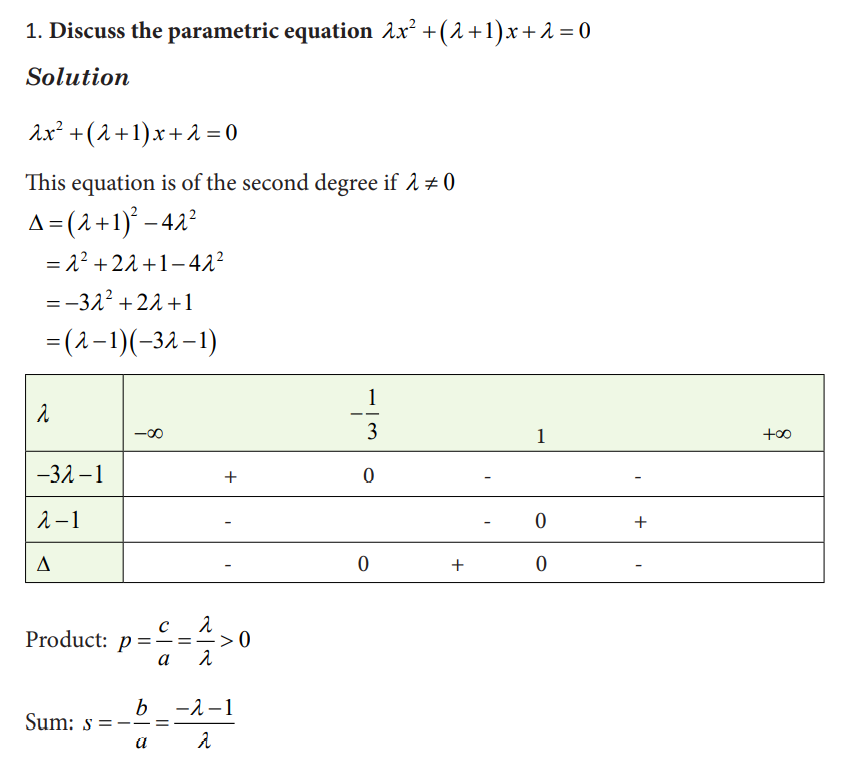
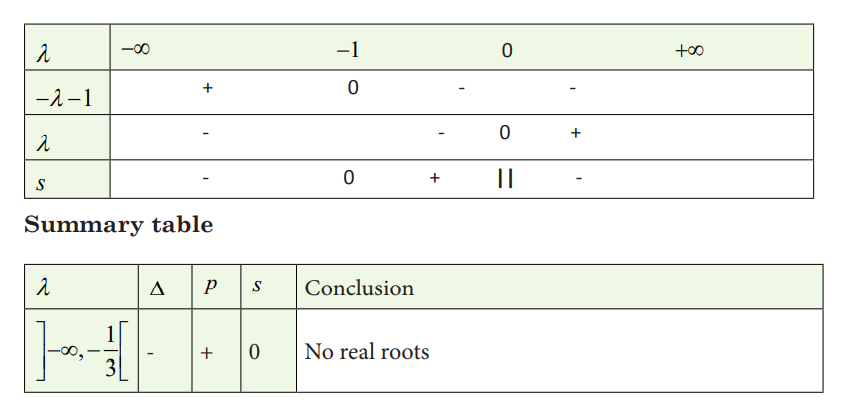
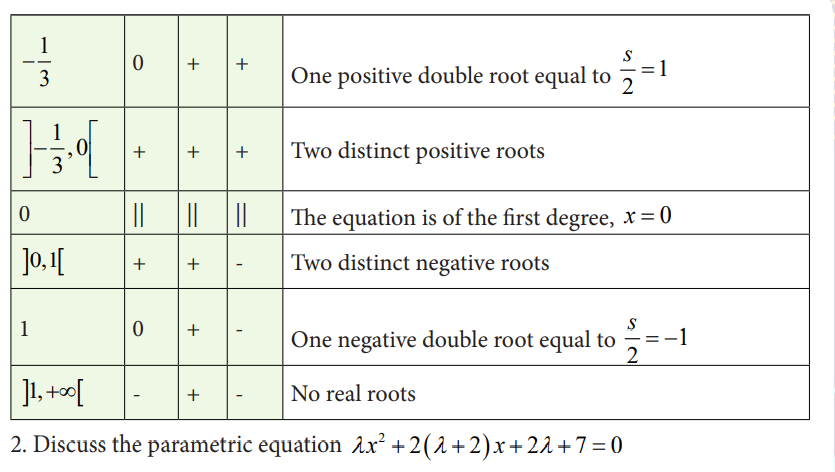
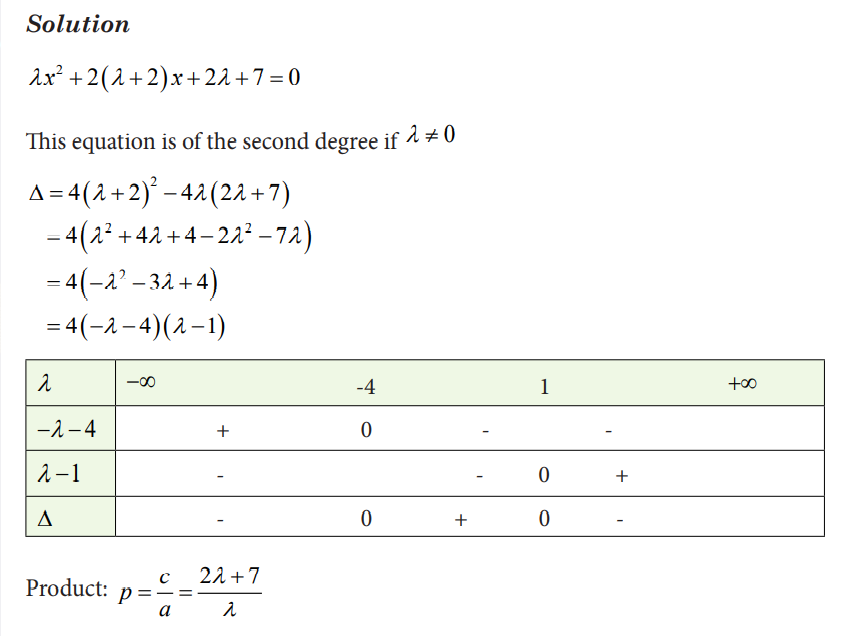
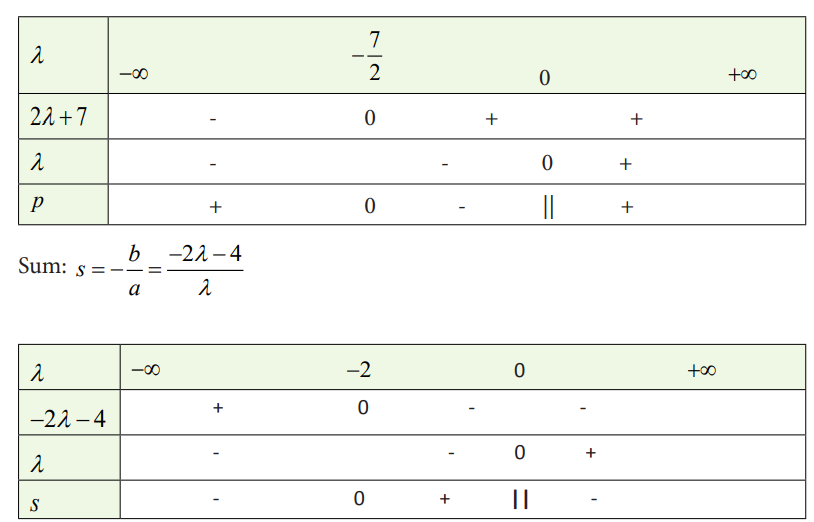
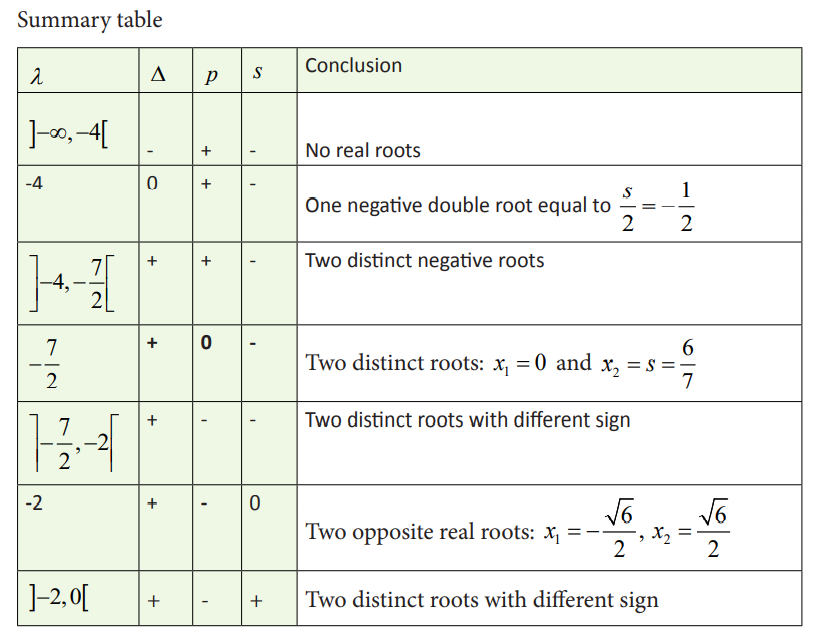

Application activity 6.5

